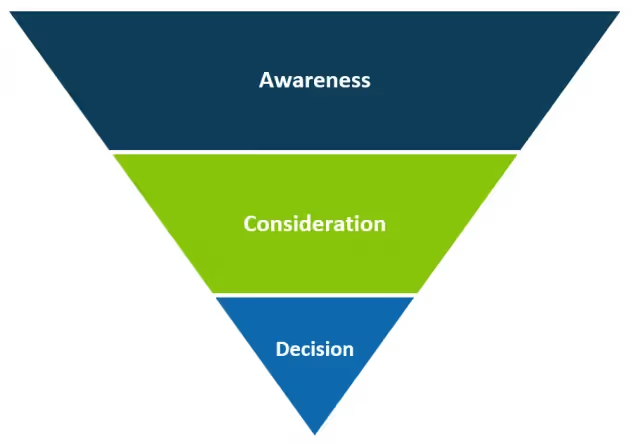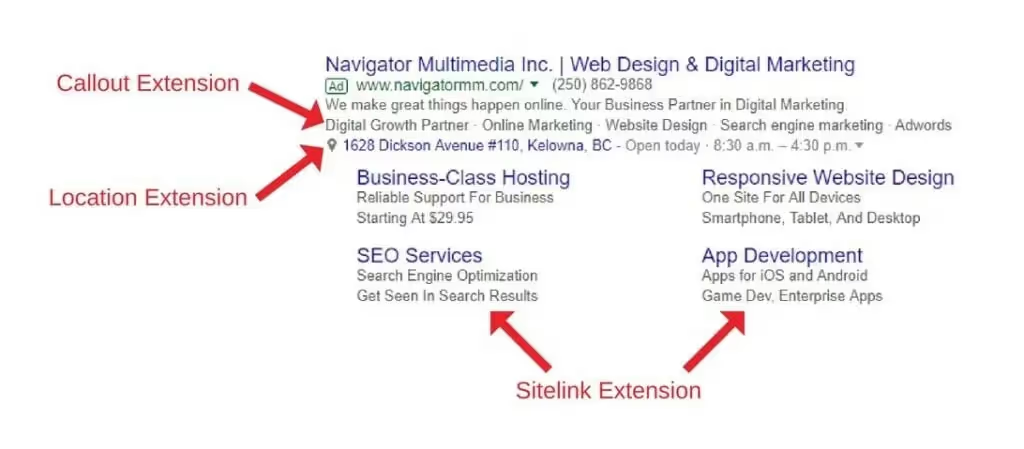What is Click-Through Rate (CTR)? How is it different from Conversion Rate (CR)?

When it comes to digital marketing, certain metrics act as essential gauges of campaign effectiveness. Among these, two stand out: Click-Through Rate (CTR) and Conversion Rate. Each gives a significant glimpse into different stages of your customer’s journey.
Let’s explore these concepts in-depth.
Click-Through Rate (CTR)
What is Click-Through Rate?
Let’s start at the beginning, what exactly is click-through rate?
CTR is a percentage metric. It indicates how frequently people click your ad (or any link, really) compared to the total number of views, or ‘impressions’, the ad receives.

Why it Matters
CTR can directly impact the ‘Quality Score’ or ‘Relevance Score’ for paid ads on platforms like Google AdWords or Facebook. But don’t be fooled; higher CTR doesn’t always mean a stellar ad campaign.
Poor targeting or irrelevant landings may result in wasteful clicks, costing money without driving tangible results. This is why it’s vital to optimize all elements of the campaign - from keywords and ad copy to landing pages and offerings.
Calculating CTR
Calculating CTR is relatively straightforward. Simply divide the total number of clicks by the total number of impressions and multiply by 100.
For instance, an ad with 100 clicks and 2,000 impressions will have a CTR of 5%.
CTR = (100 Clicks ÷ 2,000 Impressions) x 100 = 5%
Conversion Rate
What is Conversion Rate?
Conversion rate takes the conversation a step further, and rather than clicks, it focuses on actions completed. It’s a metric that illustrates the percentage of your site or app visitors which complete a goal or ‘convert’ out of the total visitors.

Why it Matters
The conversion rate reflects how well your site or campaign turns potential customers into actual ones. Higher conversion rates translate to more sales and revenues. It’s pivotal for tracking ROI and evaluating the success of marketing efforts.
Calculating Conversion Rate
To calculate conversion rate, count the total number of people who completed an action. Now, divide this by the total number of visitors and multiply by 100.
For instance, if 50 out of 2,000 visitors to your site make a purchase, the conversion rate will be 2.5%.
Conversion Rate = (50 Actions ÷ 2,000 Total Visitors) x 100 = 2.5%
CTR vs. Conversion Rate: Which Matters More?
Both CTR and Conversion Rate are critical metrics throughout different stages of the customer journey. The CTR speaks more to the ‘awareness’ phase, while Conversion Rate dives into ‘consideration’ and ‘decision’ stages.

CTR can guide you in optimizing keywords, ads, and SEO. On the other hand, Conversion Rate helps tweak things like landing page design, pricing strategy, or checkout process.
In essence, both these rates together can offer a cohesive view of your campaign performance and user behavior. To get the most nuanced understanding, marketers should aim to monitor and optimize both.
4 Actionable Growth Tactics for Improving Click-Through Rates
CTR is not just a vanity metric. It’s an indicator of how relevant and engaging your ads are. A low CTR may lead to less traffic and lower conversions, thereby affecting your bottom line. So, here are four proven growth tactics to help boost your CTR:
1. Improve your Ad Copy
The first contact between users and your brand is usually your ad copy. If it’s not engaging, users won’t click through. Use benefits-driven, succinct, and clear messaging that reflects what users will get when they click on your ad. A compelling Call-To-Action (CTA) can also entice users to click through.
2. Implement Keyword Optimization
![16 High-ROI Google Ads Optimization Tips [+Checklist]](https://cdn.prod.website-files.com/64fddd2973684cc4d9ae2722/652b560161f0bdcee70380bc_Google-optimization-Keyword-Planner.avif)
For better CTR, keyword optimization in your ad copy is a must. Users are likely to click on ads that match their search queries. So, ensure you use relevant keywords and phrases in your ad copy.
You can do that for free with Google Keyword Planner which is a fantastic tool to help you get started with Keyword research and optimization.
3. Use Ad Extensions

Ad extensions provide users with more reasons to click your ads by sharing more useful details. Ad extensions can include additional business information (like address or phone number), more links to your site (sitelinks), or additional sales benefits.
4. A/B Test your Ads
Not all ads work equally well, and the best way to find what works is through A/B testing. Split testing involves changing one aspect of the ad (like the headline or image) to see which performs better. This insight can help you create more effective ads, thereby improving your CTR.
Improving CTR takes time and involves regular tweaking and optimizing of campaigns - but with these four tactics, you’ll be well on your way to getting more clicks and, ultimately, higher conversions. CTR is not just about getting people to click on your ad. It’s about attracting the right people - the ones who are likely to convert.
And, not just running A/B test for your Ads, you should definitely run test on your website as well to increase conversion rates.
Conclusion
In conclusion, while CTR and conversion rate are different metrics, they are closely related. Optimizing ads to improve CTR is important, but focusing on conversion rates ultimately drives revenue.
Understanding these metrics and how they affect each other can help you better optimize your ad campaigns and generate more revenue from your online advertising efforts. Stay on top of these metrics and tweak your digital marketing strategy accordingly for the best outcomes.
Remember, the ultimate aim is to not only get audiences to click on your ads but make a purchase or sign up or whatever your conversion goal might be. Don’t focus on the clicks only, but consider the bigger picture.







.svg)
